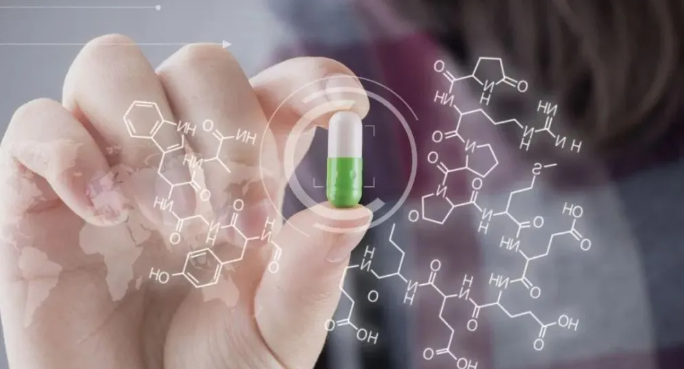Homogeneous and heterogeneous catalysts have their own advantages and disadvantages. Generally, homogeneous catalysts have high catalytic efficiency, but they are difficult to recycle and reuse, and will pollute the products, while heterogeneous catalysts can be recycled and reused, but they are greatly affected by the diffusion of substances in the system, and the catalytic efficiency is usually not high. It has always been the dream of chemists to prepare so-called quasi-homogeneous catalysts that can be recycled and reused with both high catalytic efficiency and heterogeneous catalysts.
Recently, Feng Yisi's research group from the School of Chemistry and Chemical Engineering of Hefei University of Technology proposed a new idea for the preparation of Suzuki-Miyaura (S-M) quasi-homogeneous catalysts, that is, three palladium catalysts with different chain lengths were prepared by grafting organic palladium complexes containing flexible carbon chains of different lengths onto the surface of reduced graphene oxide (rGO) (rGO-L3-nC-Pd, n=4, 6, 8) by covalent bonding, and used in S-M coupling reactions. The results showed that the three rGO-L3-nC-Pd catalysts exhibited high catalytic activity and recyclability in the S-M coupling reaction between various aromatic substrates and p-toluene boronic acid at different substituents and different substituent positions in the H2O/EtOH mixed solvent at room temperature. Moreover, the catalytic activity of rGO-L3-nC-Pd is closely related to the length of the flexible chain of the organic palladium complex bound to the surface of rGO, that is, the longer the length of the flexible chain, the greater the activity of the catalyst. The order of catalytic activity is rGO-L3-8C-Pd> rGO-L3-6C-Pd> rGO-L3-4C-Pd. This order of activity does not change depending on the solvent, base and substrate used.
Due to the large specific surface area and small specific gravity of rGO, it can be evenly diffused and suspended in the solvent under slight agitation, which realizes the macroscopic uniformity of the reaction system. This macroscopic and microscopic homogeneity significantly increases the probability of collision between the substrate molecule and the catalyst active center, thereby greatly increasing the catalytic activity. Therefore, rGO-L3-nC-Pd can be called a quasi-homogeneous palladium catalyst. Our results provide a new idea for the design and fabrication of quasi-homogeneous catalysts.

Tel:+86-18271874579
Mobile:+86-18971104330
E-mail: sales@JDchem.com.cn
Whatsapp: +86-18271874579

